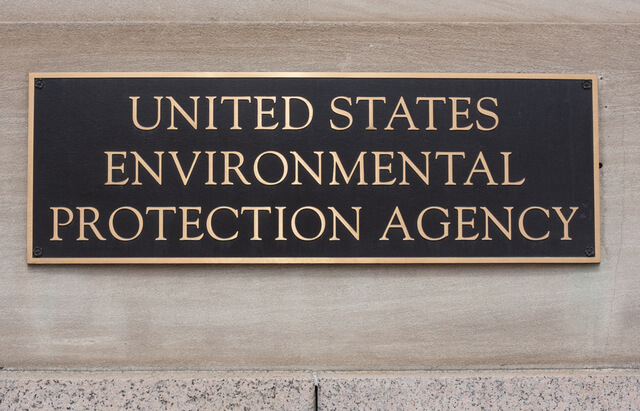EPA Ignores Science to Propose Most Expensive Regulation in History
New rules could outlaw lawn mowing, add a parking tax and declare national parks "toxic."
By Tyler O'Neil
PJMedia.com

Next month, the Obama administration may roll out the most expensive regulation in history, ignoring scientific data that cutting ozone rates will not improve public health.
In the name of fighting asthma, the Environmental Protection Agency (EPA) requested permission to decrease the ozone standard — the amount of ozone allowed in the atmosphere — to a level some scientists say is physically impossible to achieve. One organization estimates the cost to implement these new rules will be $1.1 trillion. Even worse, data shows that as ozone levels in the U.S. have decreased, asthma cases have increased.
This regulation may be the most expensive in history, and bring absolutely no health benefits.
Ozone (O3) is a gas “formed when sunlight falls on nitrogen oxides (naturally formed by bacteria, volcanoes and lightning), together with volatile organic compounds emitted by trees and other natural sources,” as explained by public health professor Tony Cox in the Wall Street Journal. This gas is also a by-product of cars, trucks, factories, power plants and even a wide range of consumer products. Regulating it more harshly would impact a huge swath of the economy.
Ozone Does Not Cause Asthma
The EPA’s major argument for tightening the ozone standard is that the change will fight asthma and contribute to public health. The agency has stated that health benefits from reduced respiratory illnesses would save the economy up to $38 billion. Unfortunately, science is not on the EPA’s side.
While average levels of ozone have decreased 33 percent since 1980, the number of asthma patients has increased over that time. The Global Asthma Report for 2014 lists environmental factors which lead to asthma, but never mentions smog or ozone. The National Institutes of Health does not list climate change or ozone as a cause of asthma mainly because the exact causes are unknown. Excessive hygiene once was considered the primary cause, but this view has been mostly refuted.
“The World Health Organization report “Ambient (Outdoor) Air Quality and Health” does make the argument that ozone may trigger asthma, but it does not refute the negative correlation between improving air quality and the worsening Asthma epidemic in the US.”
While proposing the new standard, the EPA cited a study of which the agency itself had previously said “it is convenient for fitting the model, but it is not accurate.” As Tony Cox pointed out, “there is abundant historical data on ozone levels and asthma levels in U.S. cities and counties over the past 20 years,” so it is relatively easy to see if decreasing ozone has positive effects on respiratory health. It does not.
“Even relatively large reductions in ozone, by 20% or more, have not been found to cause detectable reductions in deaths and illnesses from cardiovascular and respiratory illnesses,” Cox explains. He cites air quality regulators inTexas, Ohio, Indiana and South Dakota, all of whom oppose the new standards as too costly and unlikely to improve public health.
The Most Expensive Regulation In History
According to a National Economic Research Associates (NERA) study, complying with the proposed rule would cost $140 billion per year — $1.1 trillion overall — making it the most expensive regulation in history. NERA also estimated related costs, stating the rule would cut U.S. Gross Domestic Product (GDP) by $1.7 trillion between 2017 and 2040, resulting in 1.4 million fewer jobs every year, and costing the average household $830 per year in lost consumption.
Regulating ground-level ozone hits nearly every part of the economy, as noted above. An unelected bureaucratic organization can fundamentally alter the lives of millions of Americans, using faulty science to back up its claims.
The nonpartisan Environmental Policy Alliance released an ad explaining how invasive these standards could be. In order to keep ozone levels down, the EPA might outlaw lawn mowing during parts of the day and impose extra taxes on parking and miles driven per vehicle. This would turn the EPA into an “Environmental Police Agency,” monitoring Americans in every facet of their lives.
The EPA has not even announced what the new standard would be. The current ozone standard is 75 parts per billion (ppb), which is already very low. Cities and states across the country worked very hard to achieve this standard. The new standard would be between 65 and 70 ppb, not far above the natural background level of ozone, which stands near 60 ppb in many places.
Ozone is a natural by-product of the environment,
and many of our national parks have levels of ozone
above the proposed levels, as the NERA
explains in this ad. With the allowable standard
dropped to near naturally occurring levels, it would
be almost impossible for Americans to comply with
this absurd regulation.

